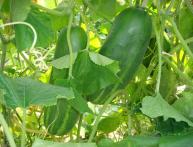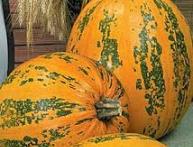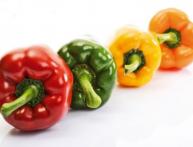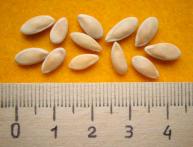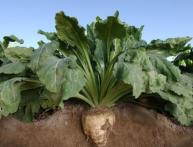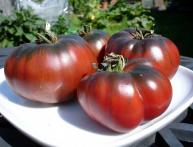Chinese radish, what do you know about it?
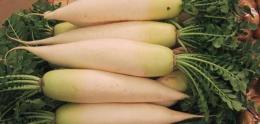
Not many gardeners know about such a vegetable as lobo or Chinese radish. Lobo is very common in Asian countries; it is also grown in the Far East, but in the central zone of our homeland, few have heard of Chinese radish.
As for taste, lobo is more tender than ordinary radish. The fruits of this Asian culture contain many vitamins, microelements, carbohydrates, proteins, mineral salts such as magnesium, potassium, phosphorus, iodine, iron, sodium. Regular consumption of Chinese radish is very good for health, as it improves metabolism and helps eliminate cholesterol, salts, and toxins from the body.
Chinese radish has fairly large fruits that can be oval, round or cylindrical. It is a pleasure to grow it, since the plant is unpretentious. The seeds of this radish germinate at a temperature of plus 4 degrees, and root vegetables grow well at a temperature of 18 degrees.
To grow good quality fruits, you should know that Chinese radish needs to be planted in the second half of summer, and not in early spring, like many garden crops. In the middle zone, the most favorable period for planting lobo is the beginning of July; in the southern regions, planting can be done until the end of September. Chinese radish loves moisture very much and is demanding when it comes to watering, especially when root crops begin to grow rapidly. If the soil is not sufficiently moistened, the root vegetables will become bitter and tasteless.
Lobo loves fertile soil, which is filled with organic matter, but manure should not be added to light soils, as it will make the fruits tasteless.
Popular varieties of Chinese radish:
• Margelanskaya;
• Severyanka;
• Glow;
• Elephant tusk;
• Pink ring.

